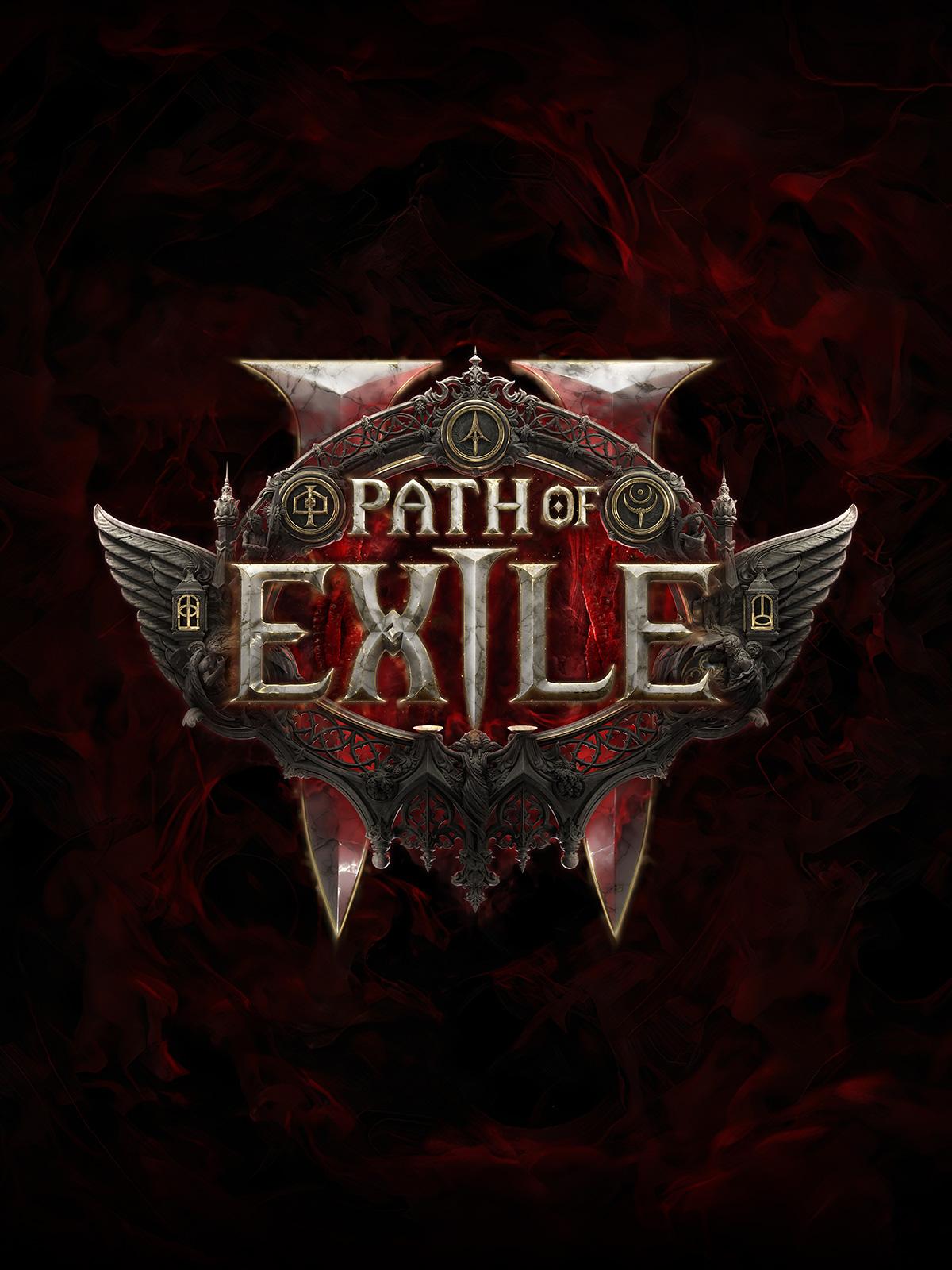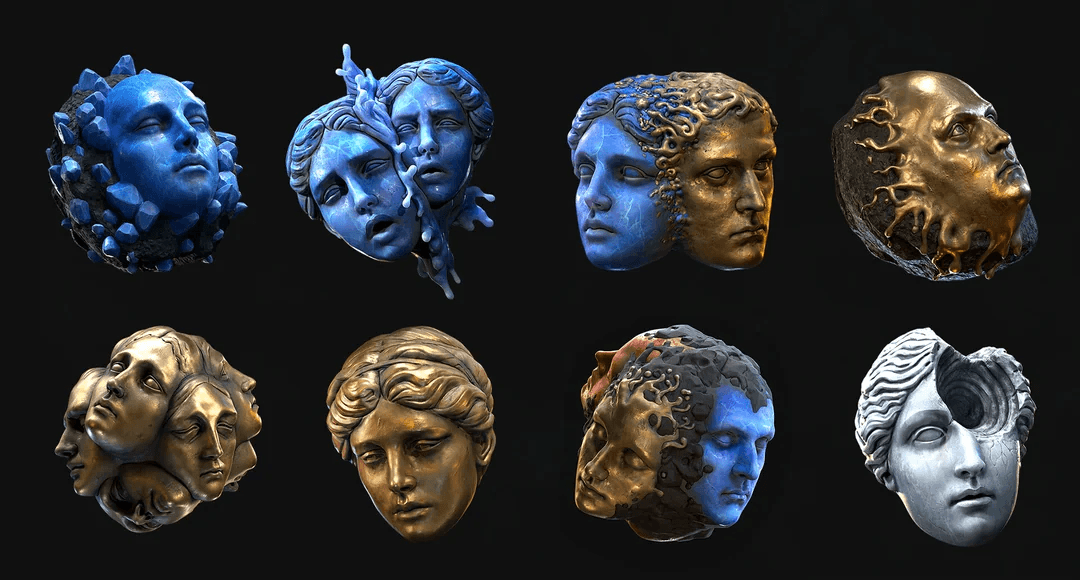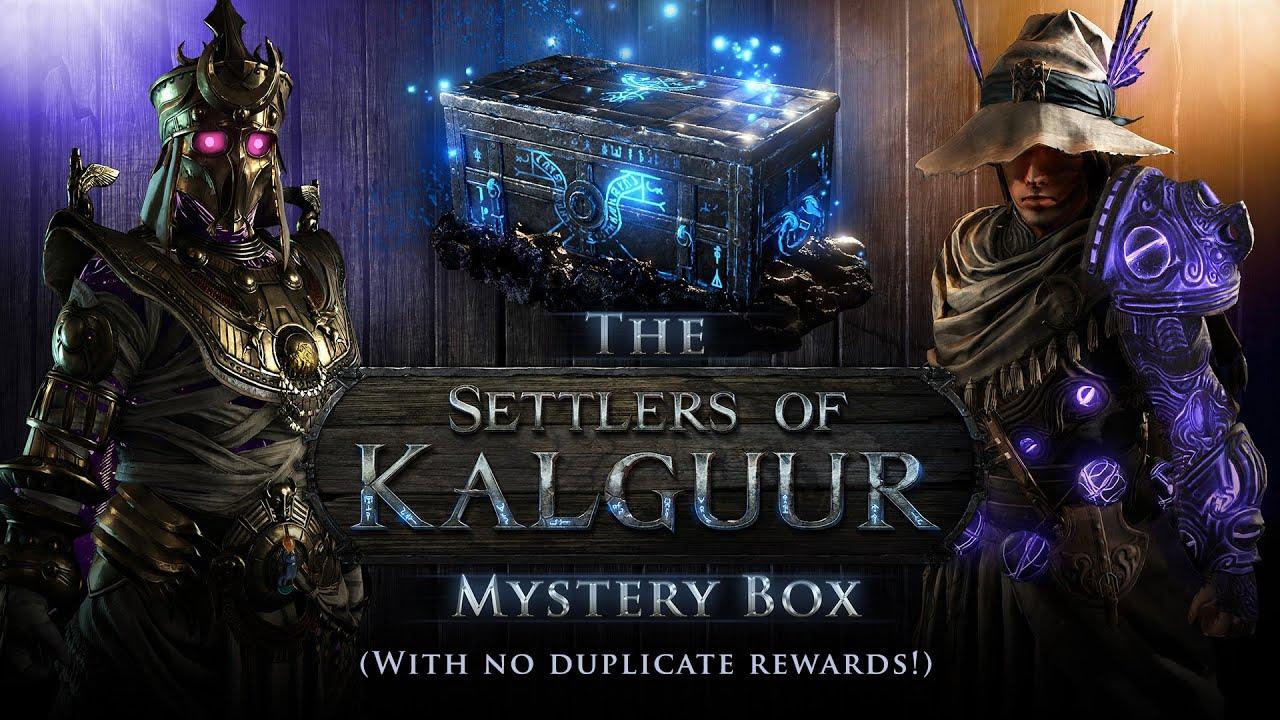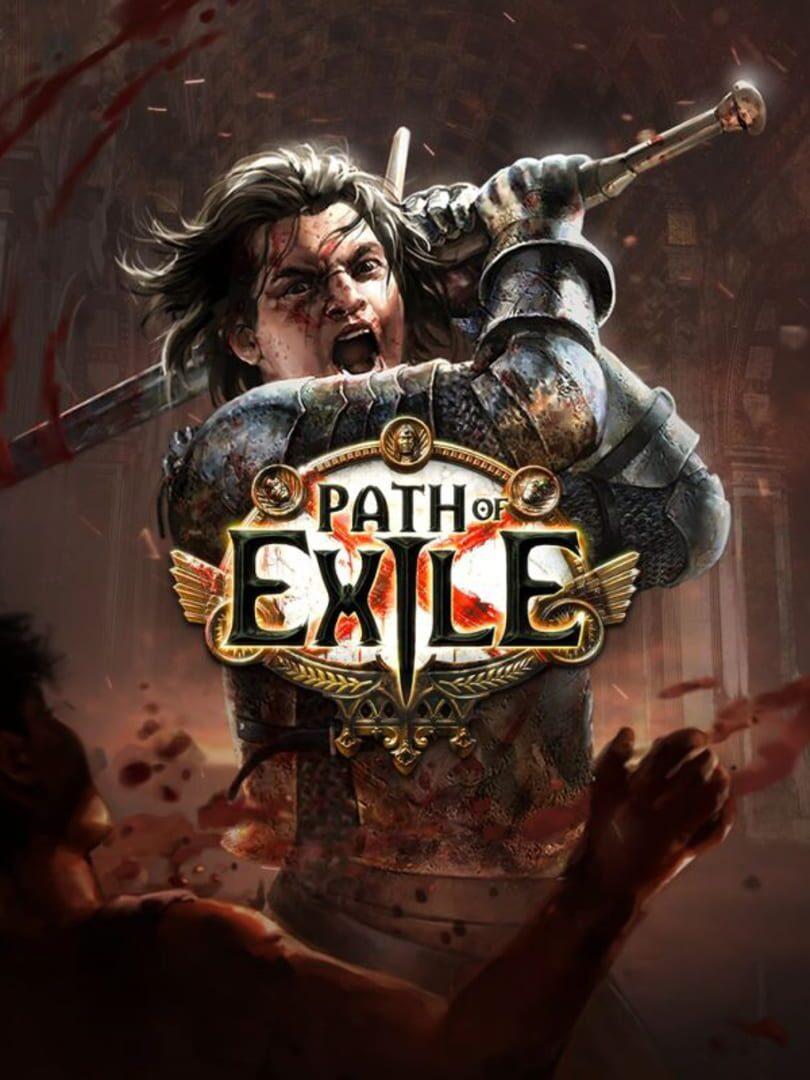In this guide, we’ll explore reliable ways to build wealth in Path of Exile 2. Whether you’re new to mapping or a seasoned exile, these strategies will help you maximize profit through mapping, item bases, Trials, and more.
Prerequisites
- Loot Filter
Essential for highlighting valuable drops and filtering out worthless clutter. Consider using
FilterBlade to create or customize filters.
Increase strictness over time as you become more familiar with item values.
- Capable Build
Aim to comfortably run at least T10 maps, ideally T15+. A strong clear speed, good single-target damage, or both is highly recommended.
Off-meta builds can still succeed, but currency-making might be slower.
- Time Efficiency Mindset
Time is money. Avoid micro-management of single items or single maps. Always process loot, craft, and trade in bulk.
- Starting Capital
You’ll often need to invest currency (e.g., chaos, exalts) to roll profitable maps or craft gear. Don’t be afraid to spend for bigger returns.
- Trading Setup
Premium Stash Tabs enable you to list items easily.
Learn to use Path of Exile’s trade site efficiently, including advanced searching and bulk listings.
- Magic Find / Item Rarity
Stacking Increased Item Rarity (IIR) up to ~150% on gear can improve rare currency drops. Exceeding this limit shows diminishing returns.
In group play, designate one player as the dedicated “magic finder” if possible.
Main Content Sections
1. Mapping and Waystone Farming
Mapping (or “Waystone Farming” in PoE2 terminology) remains a core pillar for currency generation.
- Atlas Mechanics
Familiarize yourself with various league mechanics (Breach, Expedition, Ritual, Delirium) and pick your favorites.
Delirium is particularly profitable, with average returns of several exalts per map once atlas passives are allocated.
Watch relevant guides (e.g., “Breach Guide,” “Expedition Guide”) to master each mechanic.
- Group Play
Party mapping yields major rewards: each additional player boosts item quantity.
Only one map is consumed for all party members, maximizing mapping efficiency.
- Map Device Consideration
The Ziggurat Refuge’s map device is reported to be more reliable (fewer visual bugs) than some hideout devices. Use it if you encounter glitchy edges or poor tower visuals in your hideout.
2. Farming Citadels
- Preparation
Acquire or craft T15+ corrupted maps with high waystone drop chance.
Use tower tablets around citadels and specialized Breach passives for even higher waystone drop rates.
Unspec or reduce boss-related atlas passives if your build struggles with high difficulty.
- Profit Potential
Expect multiple Crisis Fragments (3 or more) from each citadel farm route.
Fragments sell at varying rates: 75–80–225 exalts based on the specific citadel.
3. Trial of Chaos
The Trial of Chaos is an endgame area requiring Inscribed Ultimatums (level 75+ or 80+ recommended).
- Core Rewards
Consistent 3 Soul Cores per run (each ~5 ex). Rare variants worth 40 ex or even multiple divines.
A guaranteed Fate Key Fragment (Victorious, Cowardly, or Deadly). Combined, the average value is around 17 ex per run.
Random loot drops (possibility of divine orbs) throughout.
- Trial Master Boss
Encounter him via Fate Key Fragments. He can drop valuable unique items like Hateforge (5% drop chance) or The Adorned (2% drop chance), though some items drop corrupted and can’t be rerolled.
- Detrimental Mods
Each room in the Trial presents a choice of negative modifiers. Choose carefully to avoid bricking your run.
Monitor your build’s strengths and weaknesses to mitigate extremely punishing mods.
4. Trial of the Sekhemas
Another advanced endgame system, the Trial of the Sekhemas involves a multi-floor dungeon with unique relic setups and afflictions/boons.
- New Account or Lower Power Strategy
Focus on shorter runs (1–3 floors) to safely collect relics.
Repeatedly run Hourglass rooms for relic farming, then log out before completion if you only want relic drops without finishing the floor.
- Humble Exile Strategy
Run up to boss 3 in a 4-floor trial, then exit via the portal next to the Djinn.
Sell your “Test of Time” token on the trade site for 45–80 ex, depending on boons/afflictions and your relic loadout.
- High-End Speedfarm Strategy (“Meep Meep Motherfucker”)
Prioritize relics that grant increased quantity of relic drops, movement speed, or additional merchant choices.
End the run with at least one Gold Key and one Silver Key for maximum final reward potential.
Target unique relics such as The Desperate Alliance (2 Div) or The Last Flame (100 Div). These drop at low rates from the final boss.
- Carry Services
Charge other players for the final boss kill so they can ascend. Typical rate: ~40 ex per person.
Be aware that sharing a trial can increase the difficulty significantly if your party is unprepared.
- Afflictions and Boons
Avoid lethal afflictions that brick your run (e.g., extreme damage modifiers).
Boons that reduce merchant prices and increase relic effect can chain together, allowing you to buy every item for near-zero cost after a certain threshold.
5. Profiting from Item Bases
- Chancing Bases
Popular examples: Normal-rarity Heavy Belts (Headhunter chase), Sapphire Rings (Dream Fragments), Stellar Amulets (Astramentis).
Sell them in bulk (10–20+ units at a time) for higher markup.
- Crafting Bases
Identify popular base types and item levels (e.g., item level 81 wands for top-tier modifiers).
Use a loot filter highlighting these bases, collect them, and sell them in bulk for significant profit.
6. Chance Gambling (Opposite of Selling Bases)
Purchase chancing bases and attempt to hit chase uniques with chance orbs.
High Risk / High Reward approach that can quickly drain resources. Stay disciplined or you might lose it all chasing that one jackpot post on Reddit.
7. Profit Crafting
Advanced players use multi-step crafting to create high-value gear. Guides like “1+ Mirror a Day Profit Crafting Strategy” break down the process of flipping and incrementally improving items. Success hinges on deep game knowledge, market awareness, and initial capital.
8. Currency Flipping & Arbitrage
The in-game exchange offers potential arbitrage if you track item prices or currency conversions. Some players claim to make hundreds of exalts daily through savvy trades alone. Requires constant market analysis and frequent updates on trade rates.
9. Gold Selling & Alva Gamble
Gold is useful for currency exchange or Alva gambling (which can yield high-value uniques). Some players buy large quantities of gold from others who supply full tabs of rares to vendor for gold. Gambling with Alva is high variance. Track your spending and potential returns carefully.
Advanced Strategies
- Group Mapping: Synchronize atlas passives for synergy (e.g., entire party invests in Breach passives). Stack item quantity and rarity to multiply profits.
- End-Game Boss Carries: If your build is exceptionally strong, offer carry services for Trials or pinnacle bosses. Reliable but requires trust from buyers.
- Bulk Everything: Whether picking up bases, selling them, or turning in fragments, always operate in large batches to save time.
Troubleshooting
- Map Device Bugs: If your hideout device has visual or bounding issues, try the Ziggurat Refuge map device.
- Hard Mods on Maps: Over-investing in damage modifiers can ruin your run. Unspec from boss passives if you can’t handle them.
- Affliction Rerouting: If you get an affliction that changes how room selection works in the Sekhema Trials, carefully watch the doors to avoid losing progress.
- Scams in Services: Carry services rely on trust. Always be prepared for potential non-payment. Consider charging partial fees up front for repeated clients.
Conclusion
Currency-making in Path of Exile 2 can feel overwhelming, but once you establish an efficient strategy—be it mapping, Trials, or flipping in trade—you’ll see significant returns. Keep your loot filter updated, specialize in the tactics you enjoy (or that suit your build), and don’t forget to have fun along the way!
Good luck, Exile!

















Responses (0 )